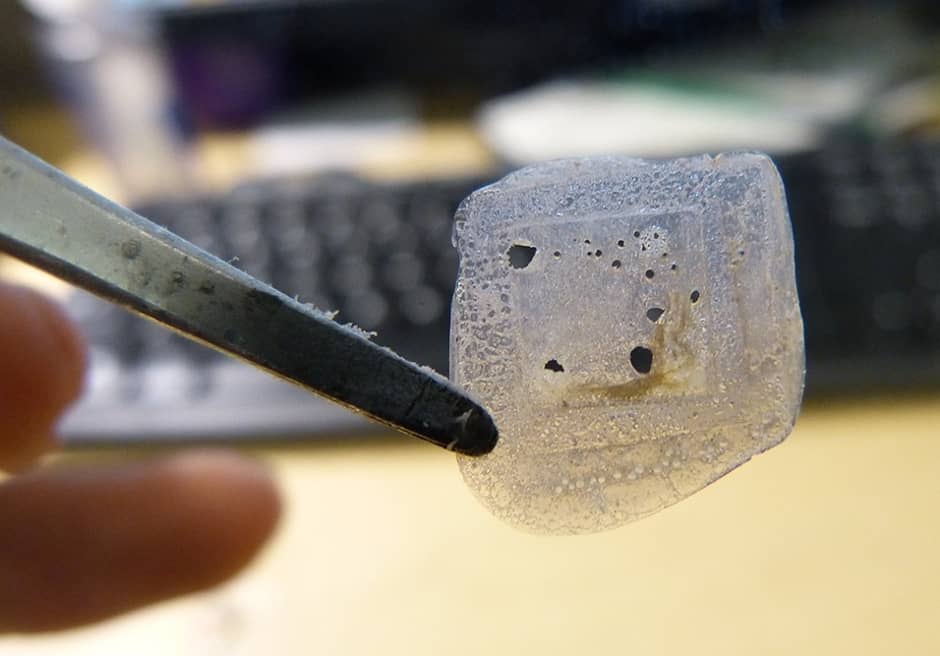Engineers have developed a new way of triggering electronic circuits to self-destruct, an advance that could help protect sensitive data and one day be used in biomedicine.

This ability to self-destruct is fundamental to transient electronics, in which key portions of a circuit, or the whole circuit itself, can discreetly disintegrate or dissolve.
No harmful by-products are released upon vaporisation, so engineers from Cornell University and Honeywell Aerospace foresee biomedical and environmental applications along with data protection.
According to Cornell, some transient electronics use soluble conductors that dissolve when contacted by water, requiring the presence of moisture. Others disintegrate when they reach a specific temperature, requiring a heating element and power source to be attached.
The advance from Cornell is said to use a silicon-dioxide microchip attached to a polycarbonate shell that contains microscopic cavities filled with rubidium and sodium biflouride, chemicals that can thermally react and decompose the microchip.
Ved Gund led the research as a graduate student in the Cornell SonicMEMS Lab, and said the thermal reaction can be triggered remotely by using radio waves to open graphene-on-nitride valves that keep the chemicals sealed in the cavities.
“The encapsulated rubidium then oxidises vigorously, releasing heat to vaporise the polycarbonate shell and decompose the sodium bifluoride. The latter controllably releases hydrofluoric acid to etch away the electronics,” said Gund.
Amit Lal, professor of electrical and computer engineering, said the unique architecture offers several advantages over previously designed transient electronics, including the ability to scale the technology.
“The stackable architecture lets us make small, vaporisable, LEGO-like blocks to make arbitrarily large vanishing electronics,” said Lal.
The technology could also be integrated into wireless sensor nodes for use in environmental monitoring.
“For example, vaporisable sensors can be deployed with the internet-of-things platform for monitoring crops or collecting data on nutrients and moisture, and then made to vanish once they accomplish these tasks,” said Gund.
Lal, Gund and Honeywell Aerospace have been issued a patent for the technology, and the SonicMEMS Lab is continuing to research new ways the architecture can be applied toward transient electronics as well as other uses.
“Our team has also demonstrated the use of the technology as a scalable micro-power momentum and electricity source, which can deliver high peak powers for robotic actuation,” said Lal.
Fabrication of the polycarbonate shell was completed by Christopher Ober, professor of materials science and engineering, with other components of the architecture provided by Honeywell Aerospace. The research was part-funded under the US Defense Advanced Research Projects Agency’s Vanishing Programmable Resources program.




Red Bull makes hydrogen fuel cell play with AVL
Many a true word spoken in jest. "<i><b>Surely EVs are the best solution for motor sports</b></i>?" Naturally, two electric motors demonstrably...